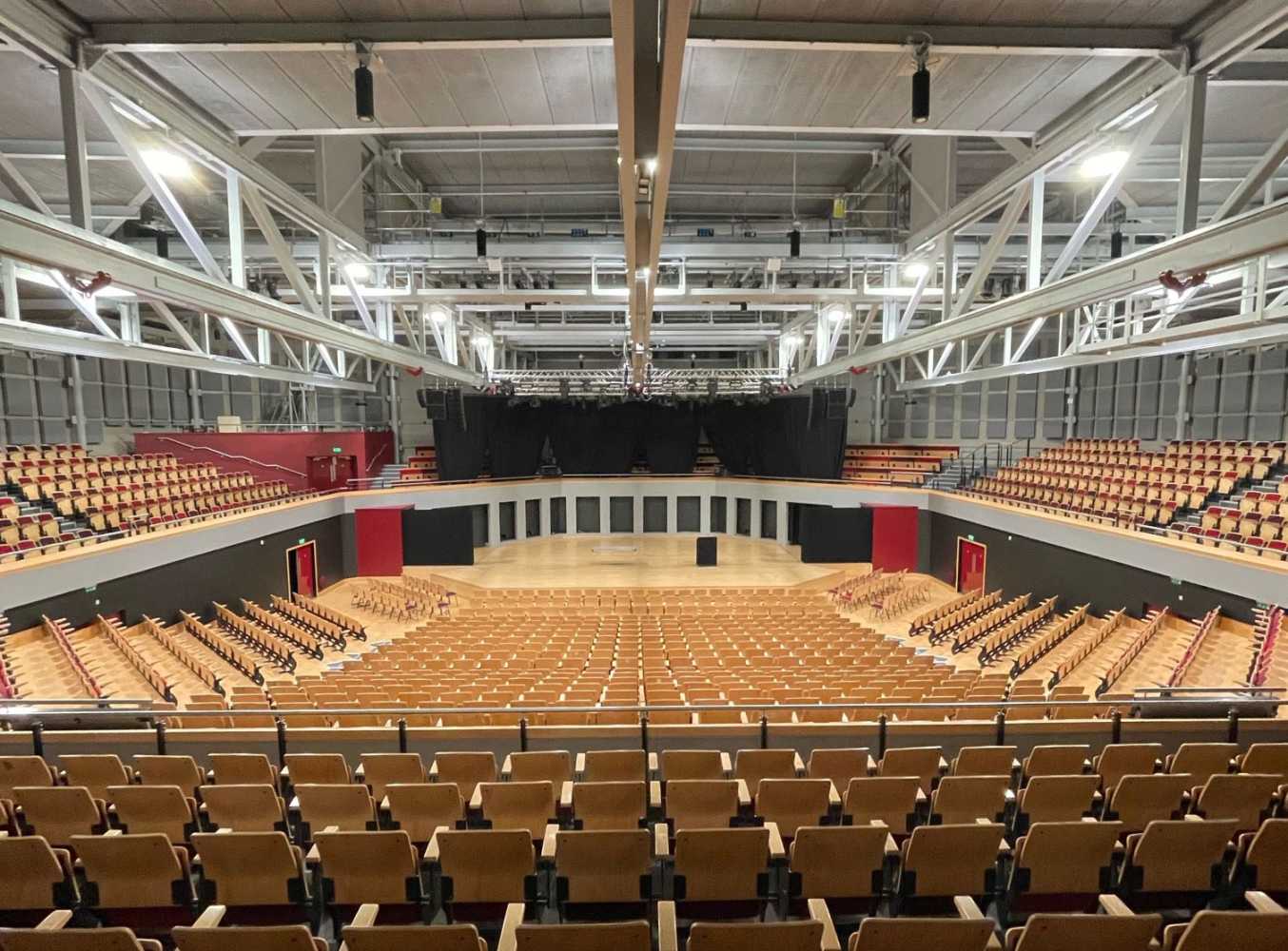Warwick Arts Centre chooses LSC Control Systems
- Details

One of the busiest cultural arts destinations in the Midlands, attracting over 300,000 visitors per year, the Warwick Arts Centre boasts an array of busy entertainment spaces. There are two theatres - a 575-seat main house and a 150-capacity black-box studio, a 1,450-capacity concert hall and three cinemas, alongside exhibition and presentation spaces.
Managing the technical requirements of the refurbishment was chief electrician Mark Smith, who is responsible for lighting and power across the Centre’s auditoria. He found that the APS system met a number of requirements. “The APS units were chosen chiefly due to their size and channel density, but cost was also a consideration,” he says.
LSC’s APS delivers an elegant solution to the problem of powering large numbers of lighting, video or audio products, by sequentially switching the outputs and controlling large inrush currents, earth leakages and overloads. Each individual circuit can be sequentially soft-started with a user-programmed delay, or multiple APS units can be cascaded so that each begins its automatic start-up sequence in turn.
When a DMX signal level is detected, the APS will commence start-up procedure, regardless of actual signal levels. When the DMX signal ceases, the APS will commence shut-down after a user-programmed time - useful when someone forgets to shut down the power when closing for the night.
The user can also set a limit for minimum and maximum voltages across the phases. For example, if the maximum voltage is set at 245V, the rack will issue an alert if the incoming voltage approaches this limit. If the limit is exceeded, the unit automatically shuts down the affected phase to protect the outputs. Once it falls below the limit, the phase will be restored and the sequential startup initiated again.
The APS units were selected to provide power to the concert hall’s LED-based fixed lighting rig. Ben Steppenbeck of LSC’s UK sales partner, A.C. Entertainment Technologies, put together a design of two fixed racks of APS (12x10A) for the installation, one with nine units, and another with eight, and supplied the system along with all cabling and accessories. “LSC helped the project along by turning the order around for us ASAP, despite the challenging supply issues at the time,” says Steppenbeck.
Because of the unexpected downtime caused by the pandemic, Smith and his team were able to carry out the installation themselves. From their point of view, the APS’s most appealing features include both its simplicity of use and reliability, says Smith. “It means that people with limited technical knowledge can switch the system on, while the staggered start-up means everything will fire-up first time.”
The system’s user-programmable protection and timing parameters were also notably straightforward. “It’s very easy,” says Smith. “However, we do have some mobile racks of LSC’s GENVI dimming, so we were familiar with how the system works.”
The two flight-cased, 48-way GENVI racks were bought as a temporary solution for one of the Arts Centre’s smaller spaces prior to the refurbishment process and are still regularly used to deliver flexible dimming solutions around the building.
Now that the reopened venues and their new systems have been up-and-running for a year, Smith and his technical team have had time enough to assess its long-term performance. The verdict is unequivocal: “We all love it. It has been 100% reliable, easy to control and configure, and we will certainly consider them for future projects,” says Smith.
















